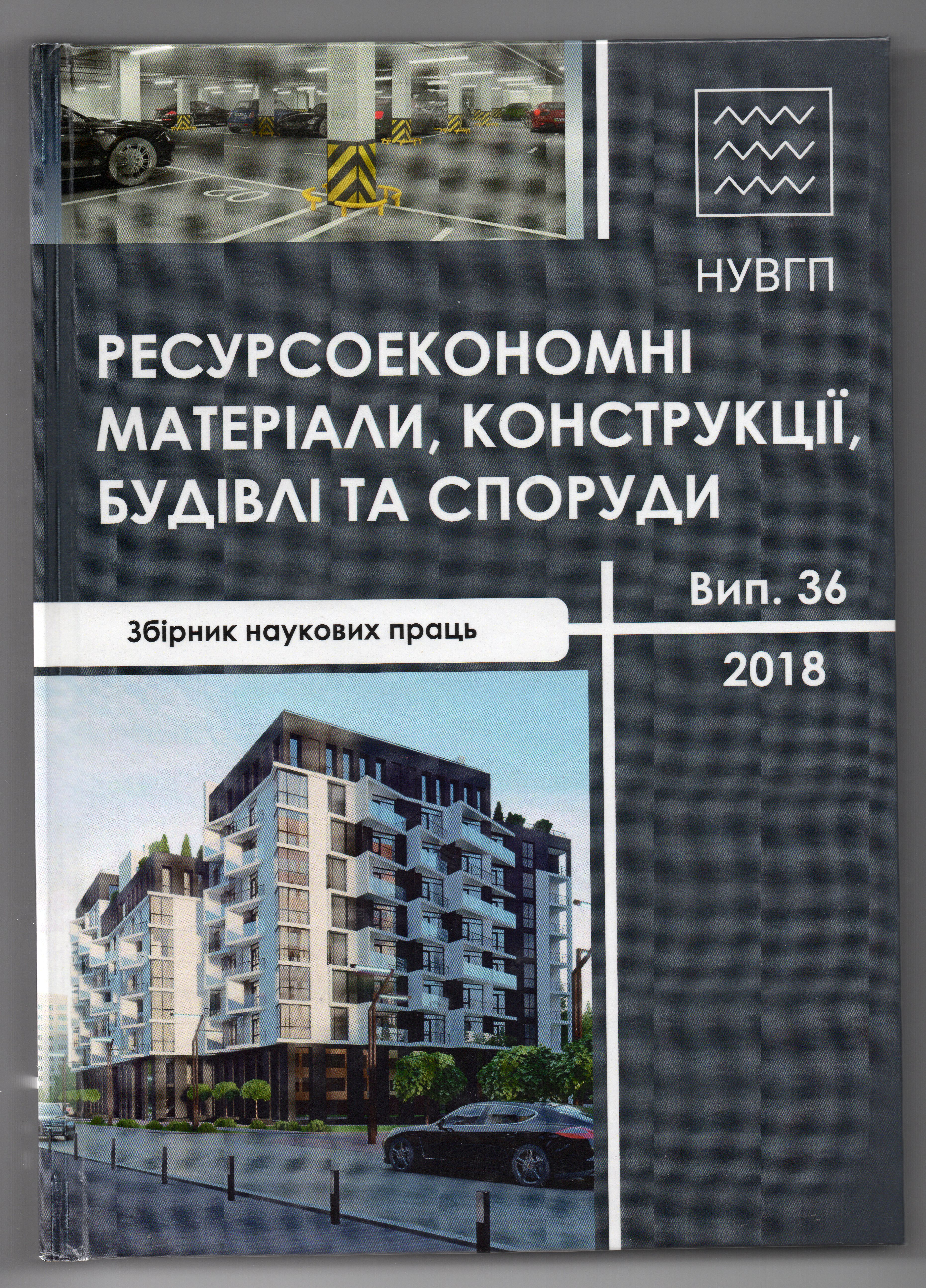TFFECTIVE METAL STRUCTURES OF INDUSTRIAL BUILDINGS WITH THE USAGE OF PERFORATE H-BEAMS OF VARIABLE RIGIDITY AND SIMILAR PROFILES
DOI:
https://doi.org/10.31713/budres.v0i36.268Abstract
Investigation of bearing structures on the basis of perforated beams from rolling profiles, creation of new structural forms, modernization of existing, can give a significant technical and economic effect. The constructional form of beams with a perforated wall is obtained by dissolving the wall of the initial profile by a zigzag line and then by combining the obtained parts with the projections of the crests by means of welding.
Steel crane beams are the elements of the frame, which are damaged most. For crane beams made of perforated twisted nets, it is necessary to take into account some structural features that may affect tired strength, bearing in mind that fracture under the action of cyclic loads occurs as a result of the appearance and development in the thickness of metal cracks due to the tiredness of the metal. Studies on the tensile strength of crane beams are associated with difficult and very difficult modes of operation of cranes. The authors first attempted to experimentally investigate the behavior of beam elements during cyclic loading. The researches have established that the influence of different incisions on the resistance of tiredness (effective coefficient of stress concentration) is not as high as one could expect on the basis of theoretical values of stress concentration coefficients
At spans of buildings 18m, 24m it is proved expediency of use of a small-element roof truss with a top belt in the form of a perforated two-tire variable rigidity. The design feature of the proposed farms with a broken tight upper belt is a different design length of the compressed rod of the upper belt in the plane and from the plane of the farm. Over the spans of buildings 18 and 24 m proved efficiency of using small-element farms covering with the upper belt in the form of perforated two-tire variable rigidity.

